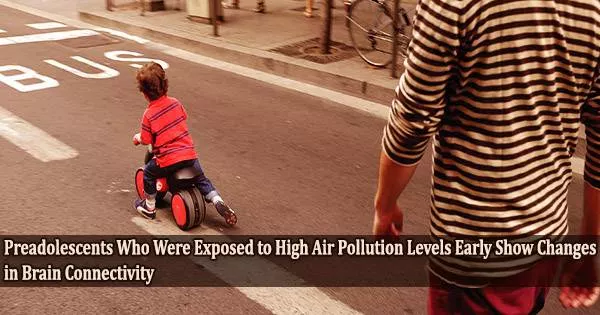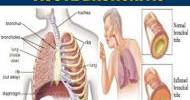According to a study done by ISGlobal, an organization funded by “la Caixa” Foundation, greater exposure to air pollution is associated with greater functional brain connectivity among many brain regions in preadolescents, although greater exposure to traffic noise was not. The studies also show that the most vulnerable time for exposure to air pollution is during the first few years of life.
A growing number of individuals globally are being impacted by traffic-related noise and air pollution.
“We already know that children are particularly vulnerable to the effect of these exposures, because of their immature metabolism and developing brain,” says ISGlobal researcher and senior author Mónica Guxens.
In fact, a number of research by Guxens and colleagues have discovered a link between early childhood exposure to air pollution from traffic and changes in the anatomy of the brain.
In this study, the research team used magnetic resonance imaging (MRI) to explore whether higher exposure to air pollution or noise could also be associated with possible alterations in brain connectivity (i.e. the way in which different brain regions interact).
“The use of MRI has opened up new possibilities in epidemiological research for investigating the structure and the functioning of the brain,” says Guxens.
We still have to understand the consequences of this increased activity of both networks in resting conditions, but for now we can say that the brain connectivity in children exposed to higher levels of air pollution is different from what we would expect.
Laura Pérez-Crespo
The researchers used data of 2,197 children from the Generation R Study, born between April 2002 and Jan 2006 and living in Rotterdam, the Netherlands. The levels of nitrogen oxides (NOx and NO2) and particulate matter (PM) at the participants’ homes were estimated using land use models for four different time periods: during pregnancy, from birth to three years, from three to six years, and from six years of age to the age at which the MRI scan was conducted.
Using already-existing noise maps, noise levels caused by vehicles on roads were estimated. The subjects, who ranged in age from 9 to 12 years old, were asked to take part in a resting MRI scan (i.e. with no external stimuli).
According to the research, preadolescent subjects who were exposed to higher levels of NO2, PM2.5 absorbance (a indicator of black carbon particles), and NOx from 3 to 6 years of age had higher levels of functional brain connectivity across a variety of brain regions.
The connections were found in brain regions that are primarily involved in two networks with polar opposite functions: the task negative (or “default-mode”) network is more active while one is at rest, whereas the task positive network is more active when one is engaged in attention-demanding tasks.
“We still have to understand the consequences of this increased activity of both networks in resting conditions, but for now we can say that the brain connectivity in children exposed to higher levels of air pollution is different from what we would expect,” says Laura Pérez-Crespo, first author of the study.
The most vulnerable time to air pollution was between birth and three years, and black carbon was the pollutant most closely linked to alterations in brain connections. The authors point out that diesel vehicles are the primary source of nitrogen oxide and black carbon emissions in European cities.
Despite the fact that numerous studies have shown that noise has an impact on children’s cognitive development, noise exposure at home was not linked to changes in brain connection.
















